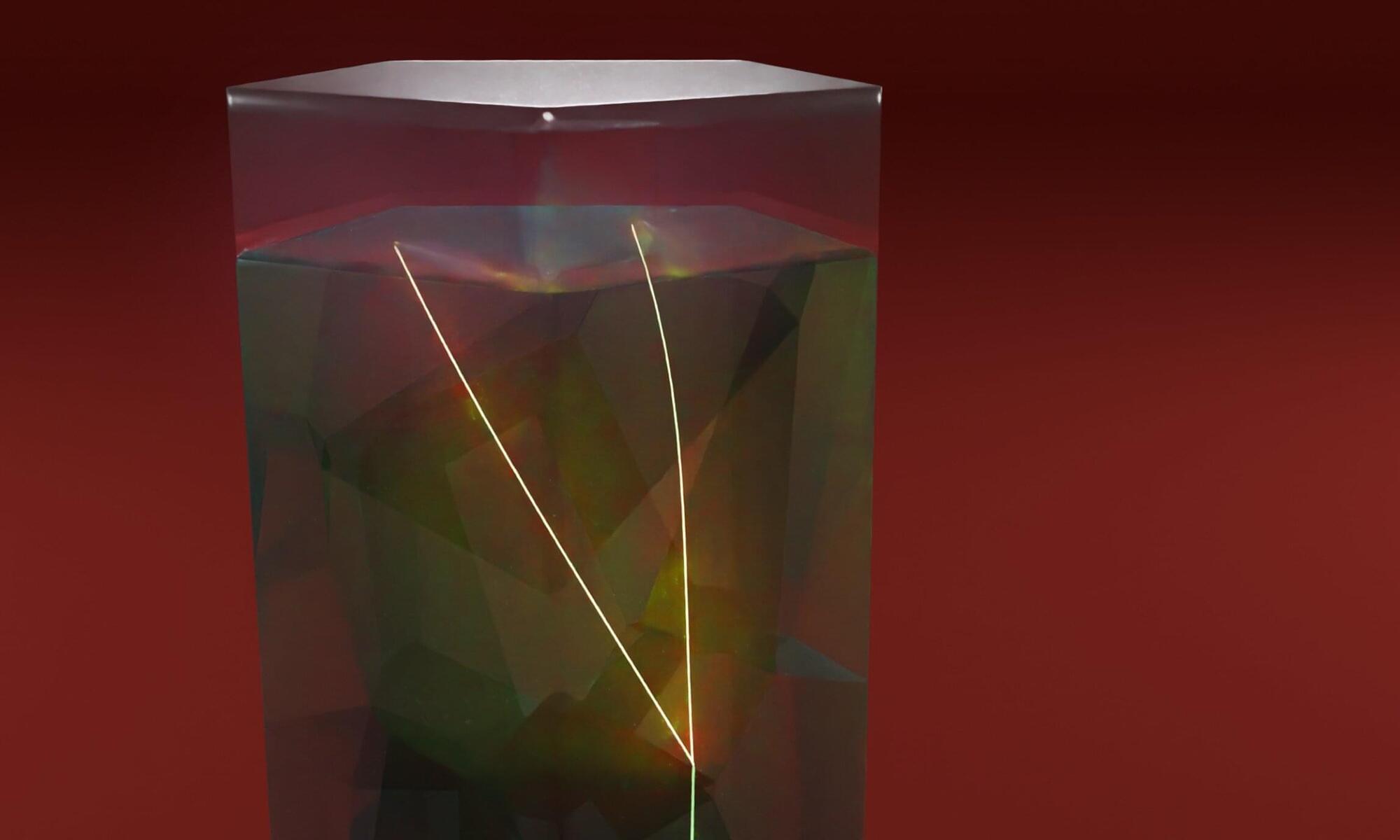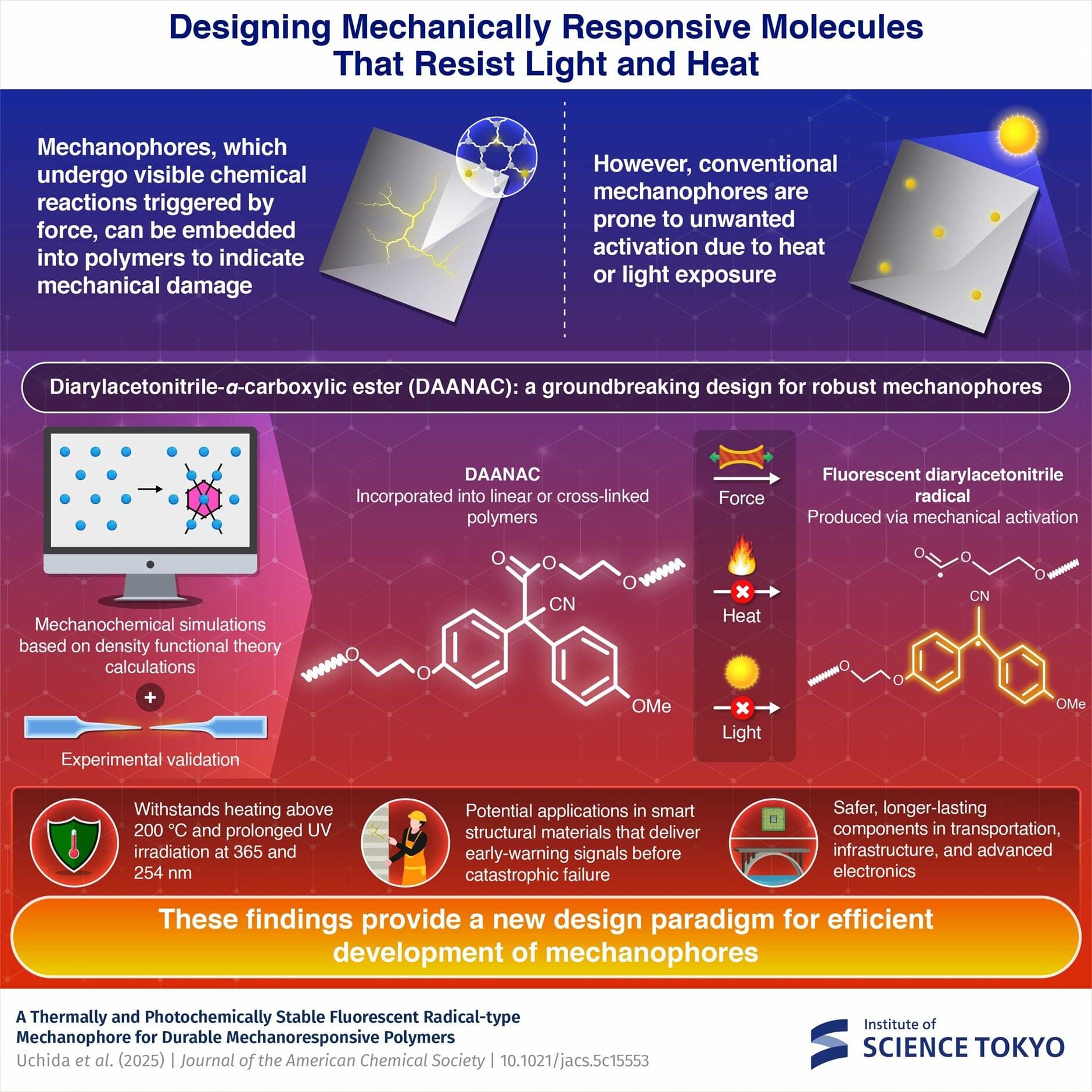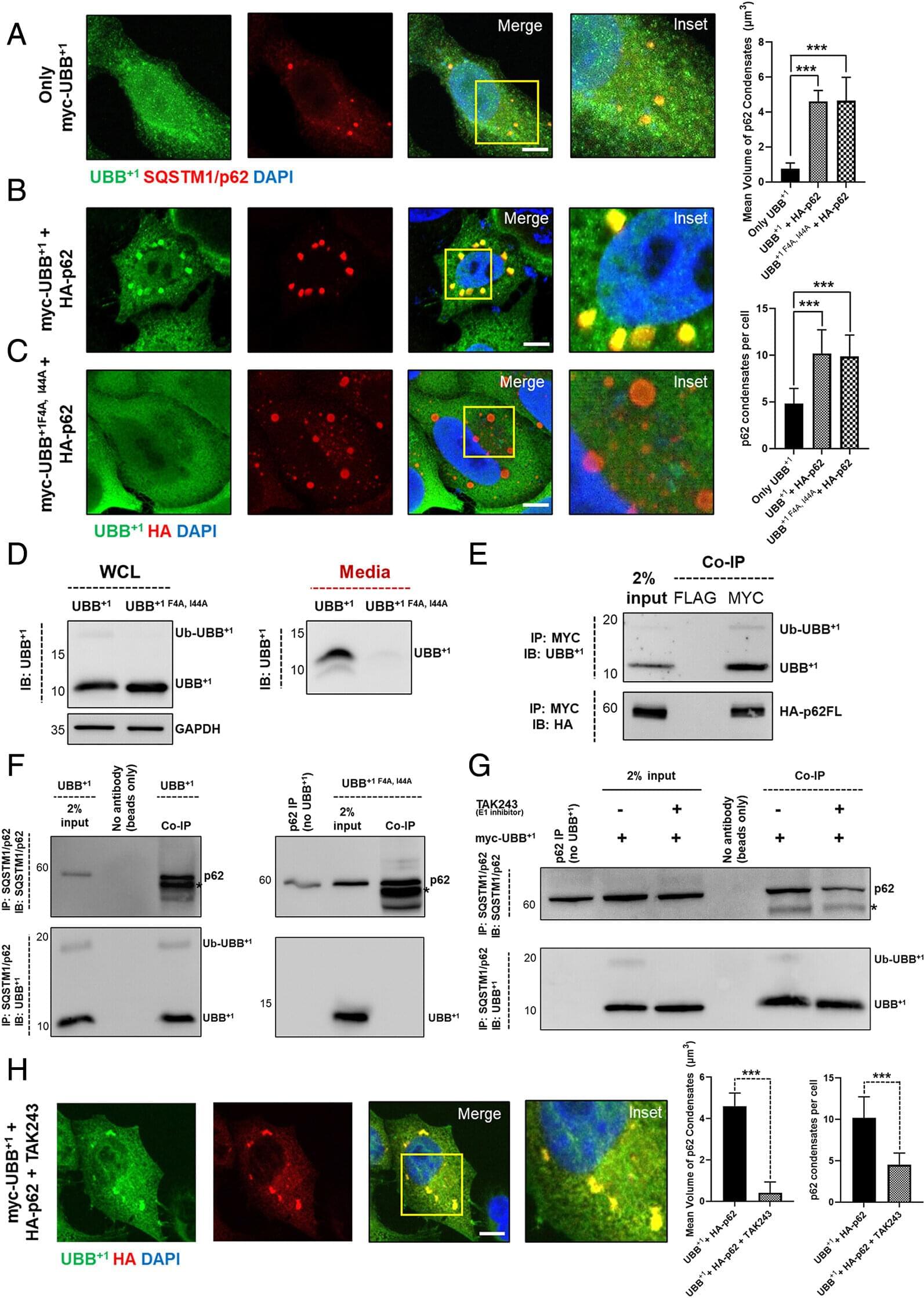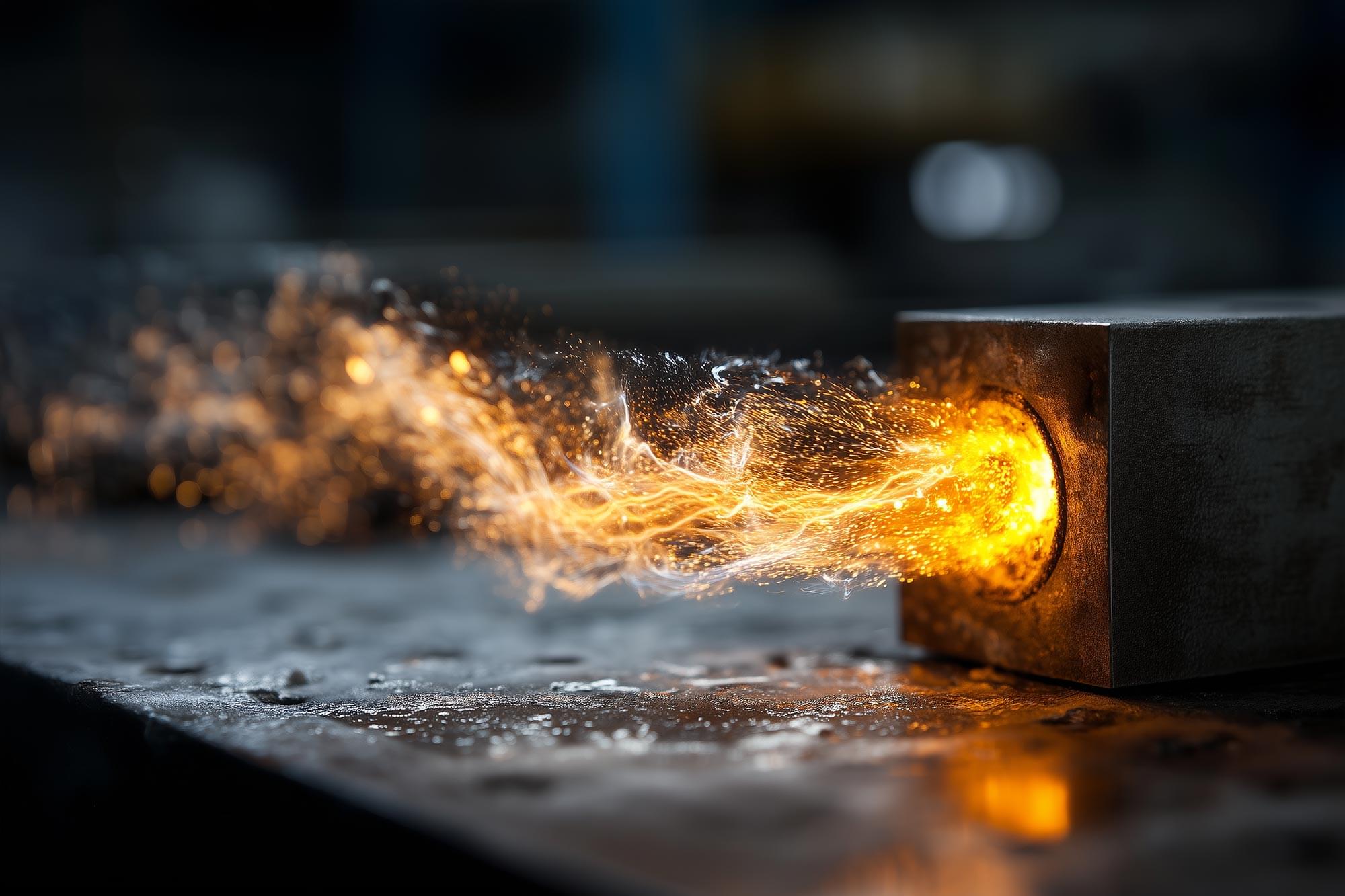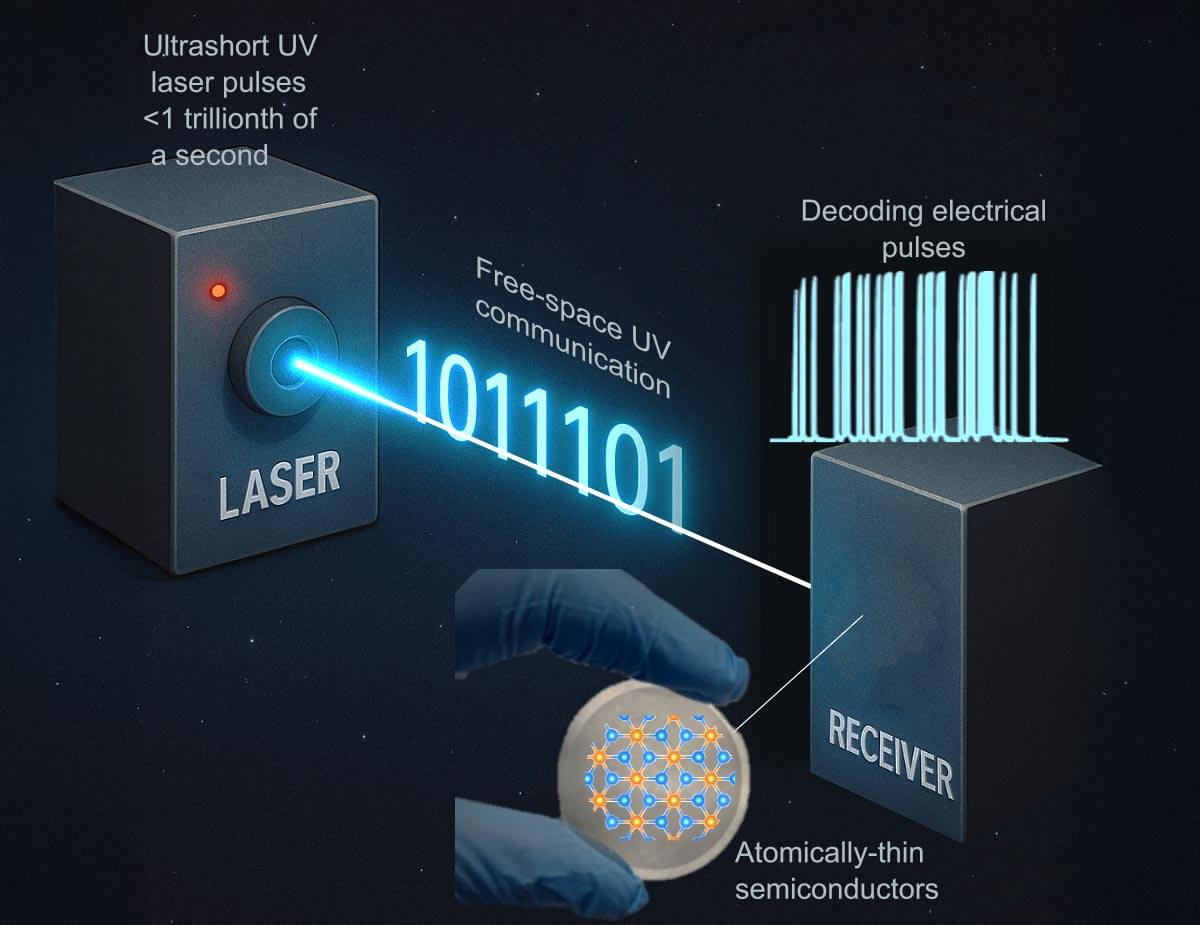Quantum theory and Einstein’s theory of general relativity are two of the greatest successes in modern physics. Each works extremely well in its own domain: Quantum theory explains how atoms and particles behave, while general relativity describes gravity and the structure of spacetime. However, despite many decades of effort, scientists still do not have a satisfying theory that combines both into one clear picture of reality.
Most common approaches assume that gravity must also be described using quantum ideas. As physicist Richard Feynman once said, “We’re in trouble if we believe in quantum mechanics but don’t quantize gravity.” Yet quantum theory itself has deep unresolved problems. It does not clearly explain how measurements lead to definite outcomes, and it relies on strange ideas that clash with everyday experience, such as objects seemingly behaving like both waves and particles, and apparent nonlocal connections between distant systems.
These puzzles become even sharper because of Bell’s theorem. This theorem shows that no theory based on ordinary ideas—such as locality, an objective reality, and freely chosen measurements—can fully match the predictions of quantum theory within our usual four-dimensional view of space and time. These quantum predictions have been repeatedly confirmed in tests of entanglement, first discussed by Einstein, Podolsky, and Rosen (EPR). As a result, simple classical explanations limited to ordinary four-dimensional spacetime cannot fully account for what we observe.
